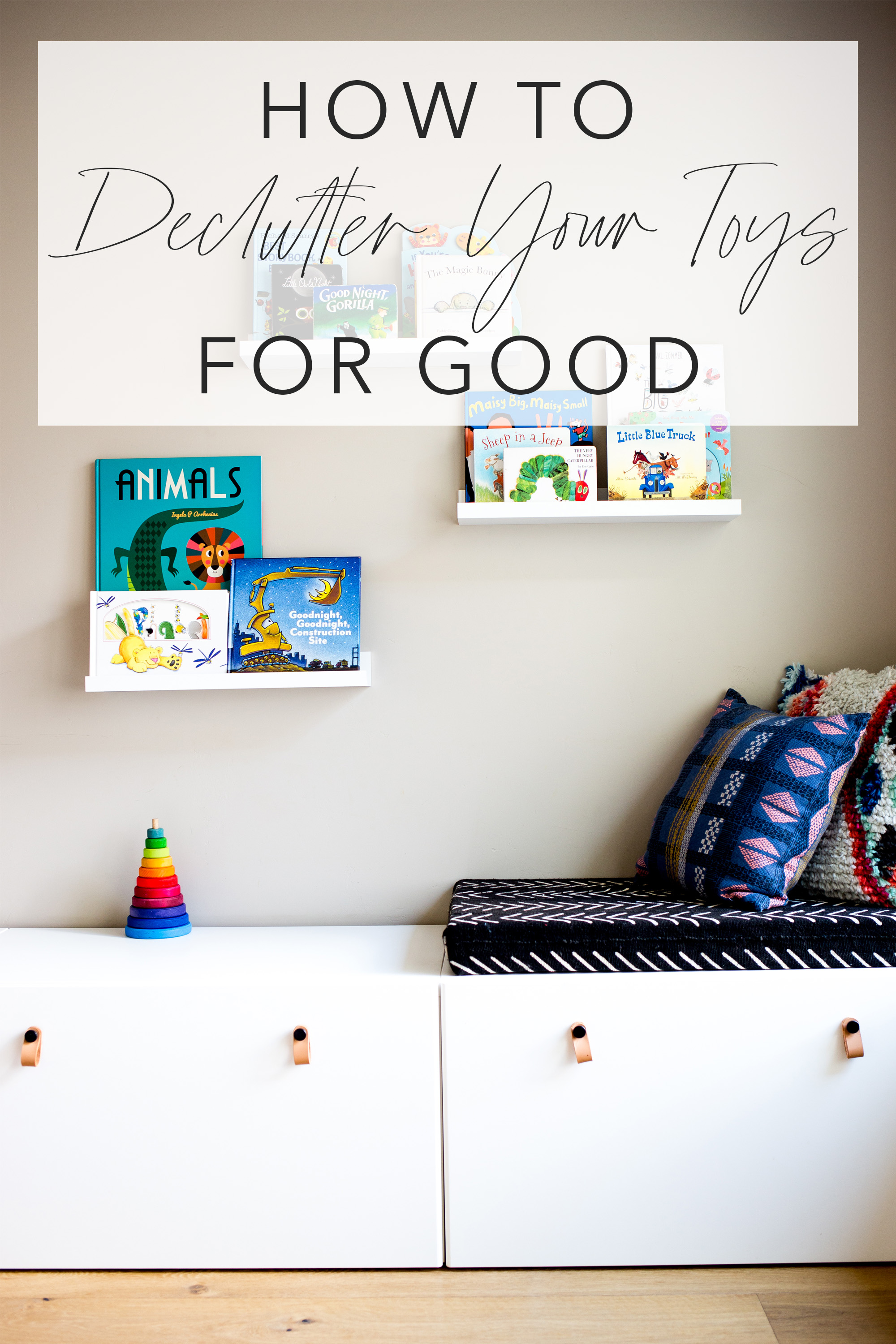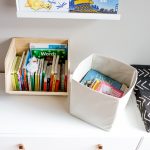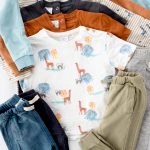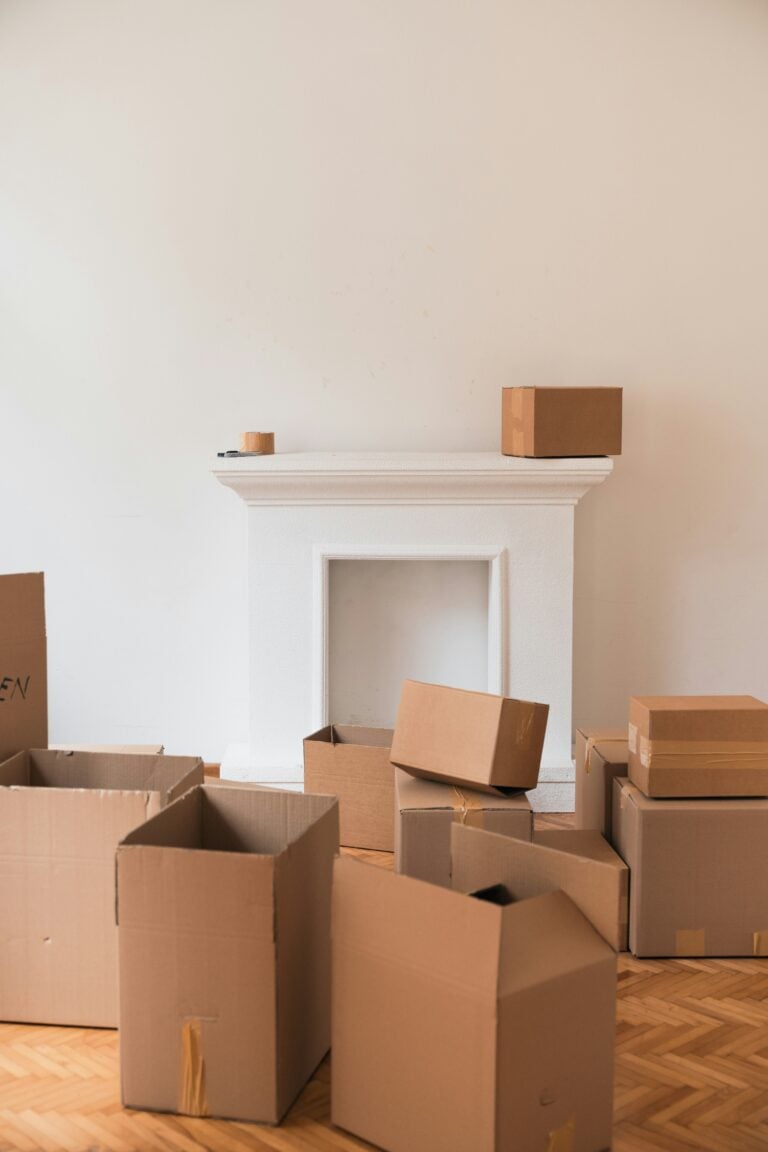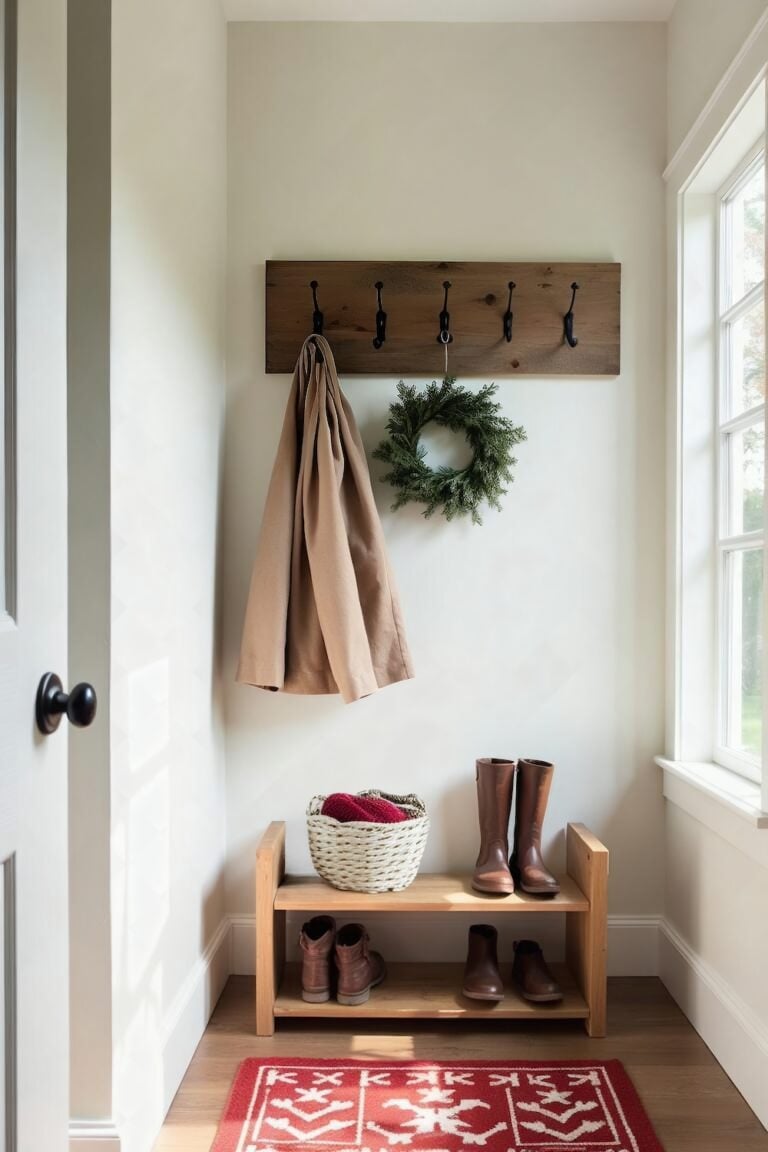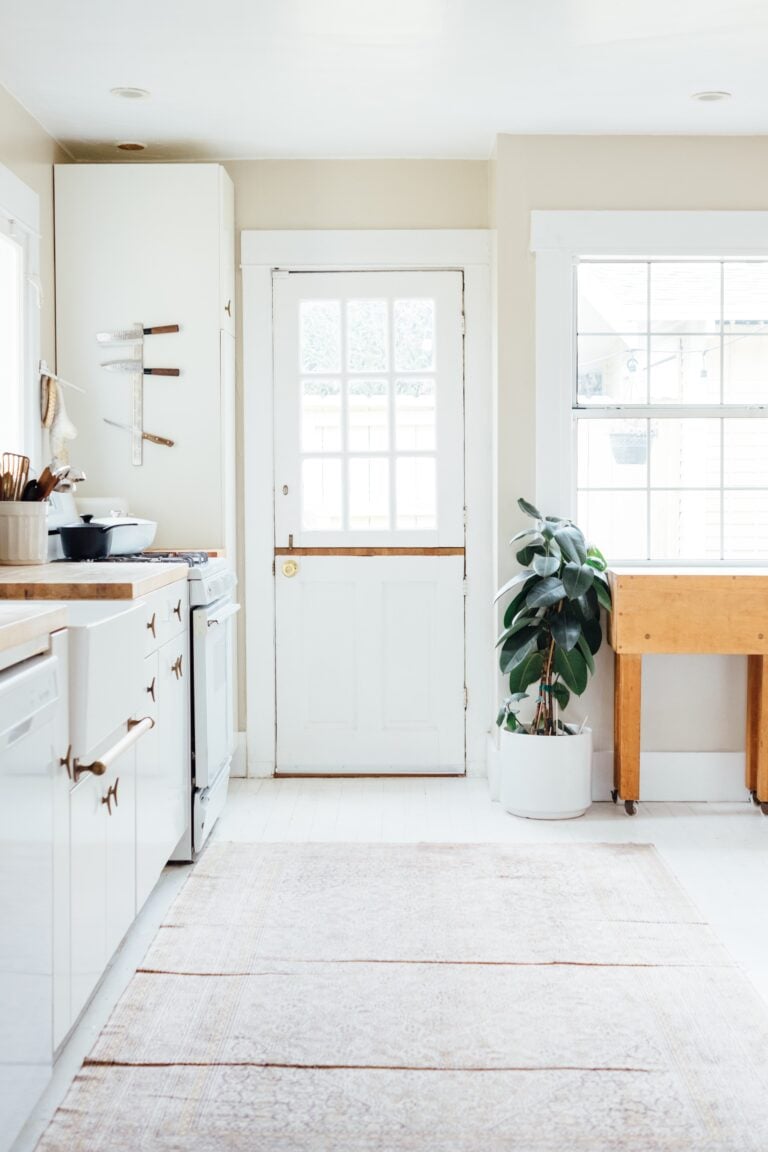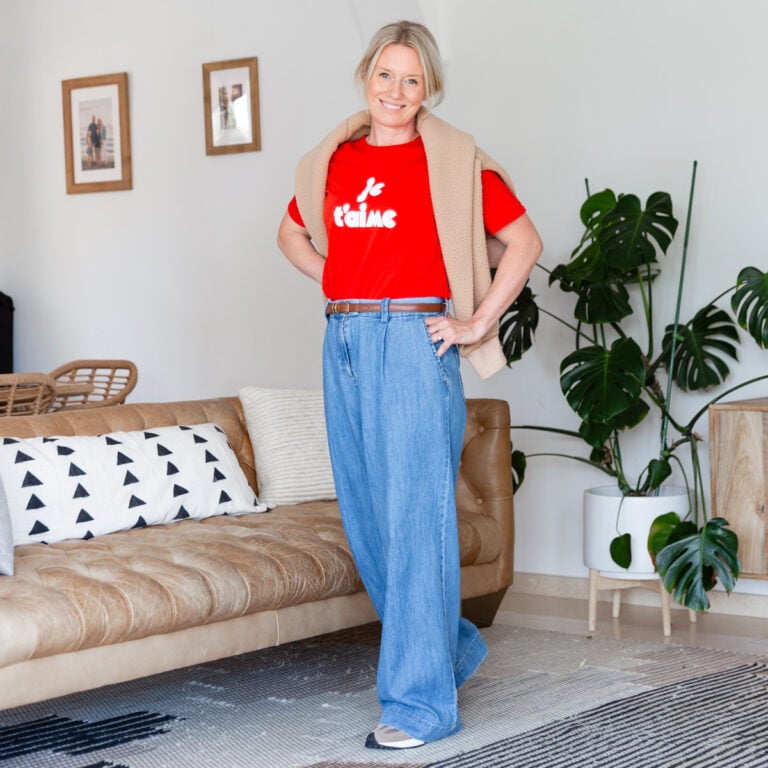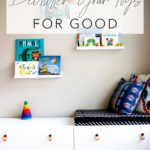How to Declutter Toys
Simplifying the toys in your home will cut clutter, reduce stress, and improve how your kids play. Use this guide to declutter your toys for good.
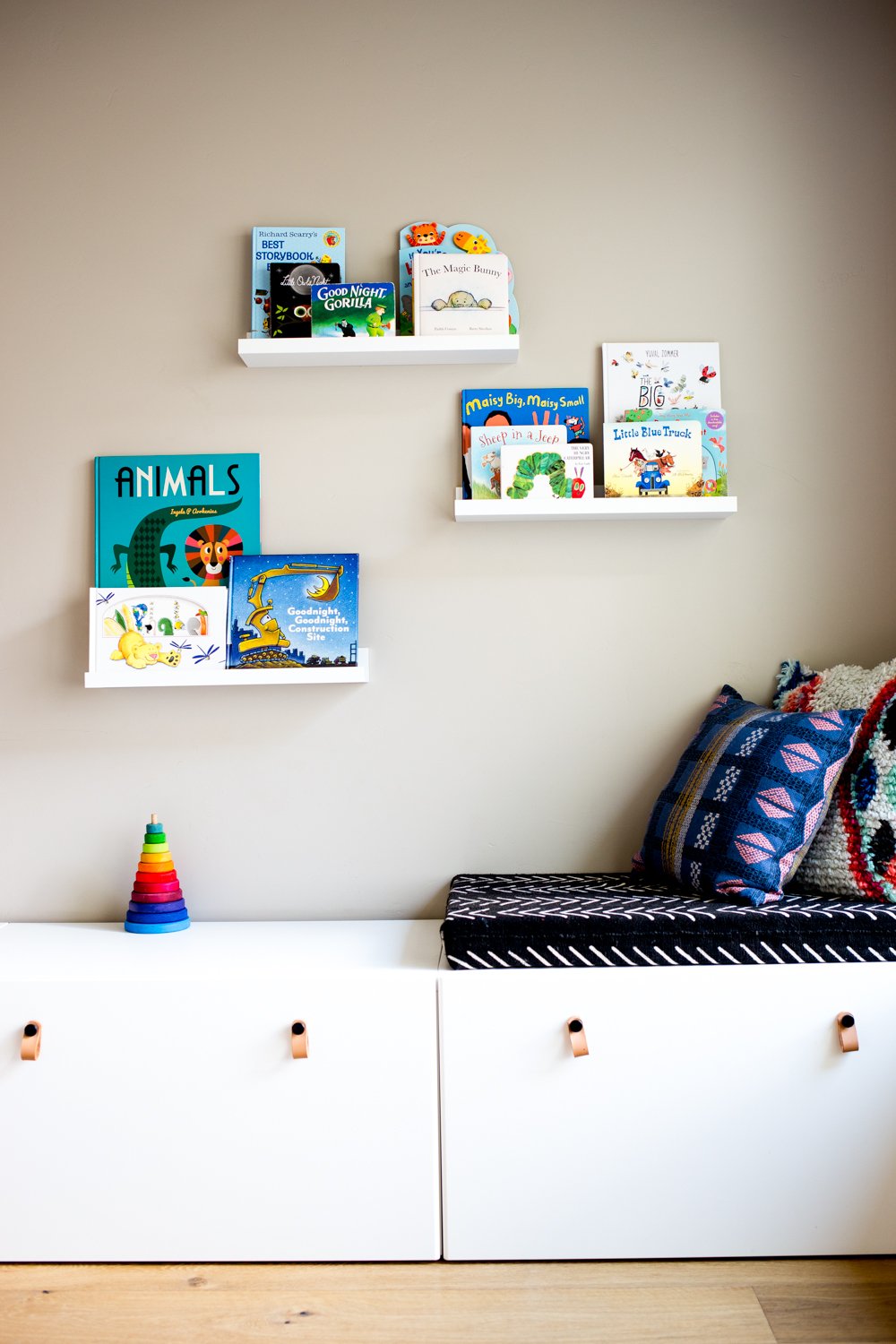
You know that feeling of overwhelm and inability to focus when you have too many browser tabs open? That’s how our kids feel in the presence of too many toys.
When kids play, their brains are hard at work growing and learning. But when their environment is overrun with clutter, their brains go into overdrive. They have the same trouble focusing. The same stress of not knowing what to do next, or what it is they’re even looking for. They jump from toy to toy, distracted and overwhelmed, just like we alternate between tabs, apps, and devices.
Think of the opposite scenario though. When you have a single device in front of you with just one or two tabs or applications open. You’re better able to focus and get your work done, right? The same goes for our kids.
Benefits of Decluttering Your Toys
Simplifying the toys in your home will cut clutter, reduce stress, and improve how your kids play. Here are some proven benefits of simplifying your toys.
- Your kids will feel less stressed. Physical clutter creates stress. In addition to elevating our levels of cortisol, a stress hormone, clutter can reduce our efficiency and ability to focus, and also diminish how satisfied we feel in life. Toys are a major source of clutter in homes — maybe even the biggest source for families. Reducing the number of toys you own can decrease stress and improve focus and satisfaction not just for kids, but parents, too.
- It fosters more creative and independent play. Research shows that, when provided with fewer toys, kids engage in longer periods of play with a single toy. Fewer toys allow kids to focus, explore and play more creatively.
- You’ll spend less time spent picking up each day. Fewer toys make cleanup easier and faster, not just because there are fewer of them but because they’re less likely to be dumped all over the floor.
- Kids value and care for their toys more. Humans place a higher value on scarce objects and a lower value on those that are in abundance. Kids with fewer toys will value them more and thus take better care of them. Who knows, they may even put their toys away without prompting!
- It can change toy-buying habits and save money. Once you experience all of the good that comes from simplifying the toys you will never accumulate them the way you once did. You will most likely purchase fewer, better toys, and buy with intention rather than on impulse. Not only is this good for your family, and the environment, it’s good for your wallet, too!
Open-Ended Toys vs. Closed-Ended Toys
Before I teach you how to declutter your toys, it’s important to know the difference between open-ended and closed-ended toys because this characteristic significantly impacts how well, how long, and how creatively children play.
- Open-ended toys (or open toys): These are toys that promote physical, creative, and/or imaginative play. They can be played with in a variety of ways by boys, girls, and kids of different ages. Climbing structures, costumes, balls, Play-Doh, art supplies, classic LEGOs and blocks are all examples of open-ended toys. To encourage longer, more independent, and imaginative play, you’ll want the majority of your toys to be open-ended.
- Closed-ended toys (also referred to as closed or fixed toys): These are toys that usually only have one function, and often are toys that can be completed or mastered. For babies, this might be a pull toy (single function) or a shape sorter (completed and mastered). For older kids, it might be a puzzle or a spaceship LEGO kit. Close-ended toys can be good for building attention and teaching task completion, but they usually have an end-point or shorter play experience. Most close-ended toys can be played with again, but your child will either finish it or get bored and need to move on to something else.


How to Declutter Your Toys
Ready to declutter those toys? Follow these steps, and you’ll never want (or need) to look back.
Step 1: Watch & reflect.
Watch your kids play for a week. Make notes of which toys are played with most frequently and for the longest periods. Note the toys that are being ignored. Have they been outgrown? Do they need new batteries? Are they broken or missing pieces?
Think about the toys you have and how they are or aren’t adding value to your home.
Here are some questions to consider as you reflect:
- What toys are played with in different ways by both boys and girls, and kids of different ages?
- What toys stimulate creative and/or imaginative play?
- Which toys encourage physical activity?
- What toys does your child play with independently for significant periods?
- What toys does your child quickly move on from, or hardly play with?
- Which toys does your child truly love?


Step 2: Sort your toys.
It helps to declutter toys by category. Having everything visible in one space makes it easier to pick out the favorites and ones that add value, but also see the excess. Think about it. A dozen stuffed animals here and there around the house might not seem like a lot, but a massive pile in the middle of the room will.
Gather all toys in a specific category in one room. If you have a lot of toys or just want to break them up, tackle one category at a time. These are the major categories you’ll want to hit:
- Baby toys: play mats, stacking toys, pull toys, sensory toys (musical, light-up, textured, etc.), bouncers and walkers, rattles and teethers, soft books, etc.
- Dolls and stuffed animals: Barbies, baby dolls, doll accessories, and plush toys
- Building toys: blocks, LEGOs, Lincoln Logs, Duplos, K’nex, Zoobs, magnet tiles, etc.
- Creating toys: art and craft supplies, jewelry-making kits
- Imaginative toys: play kitchen, doctor’s kit, costumes, puppets, etc.
- Transportation toys: Cars, trucks, trains, toy garages, racing tracks, etc.
- Figurines: action figures, superheroes, Playmobil, etc.
- Games: board games, card games, puzzles, video games, etc.
- Active toys: bats, balls, ride or push toys, bikes, scooters, trampoline, etc.
- Musical instruments
Step 3: Declutter one category at a time.
Now that your toys are sorted, it’s time to purge!
- Grab a few supplies. You’ll need 4-5 trash bags or cardboard boxes, a couple of old rags (one damp, one dry), and a small hand vacuum to clean empty drawers and shelving as you go. Labeling the piles with sticky notes will help keep things organized.
- Designate separate areas for trash, and toys to recycle, donate, sell, and keep.
- Set a timer. This will help keep things moving and keep you from spending too much time dwelling on one particular toy. Go back to those questions you reflected on previously to help you differentiate open-ended toys from closed-ended toys, and identify toys that add value to your home.
- Set some boundaries. Boundaries not only help you declutter, but they also help keep toy collections manageable in size. You can set boundaries by limiting the number of something or designating a certain amount of space for the collection to fit into. An example of this might be limiting your Matchbox collection to 25 cars and trucks, or designating one storage bin for LEGOs.
- Separate the favorites. Regardless of whether it’s an open-ended or closed-ended toy, if your child truly loves and plays well with it often, keep it. At least for now. Then you can pass it on to someone else once your child has lost interest in it or outgrown it.
- Declutter duplicates, broken toys, toys with missing pieces, and toys that have been outgrown. They are quick to identify and the easiest to let go of because they no longer serve you or your kids. Starting with these will give you an instant sense of accomplishment and will help you build momentum.
- Reference your boundaries often. Let the boundaries you set guide your decision-making as you declutter. Keep only the most loved toys that will fit within those boundaries and trust that they will be enough. And remember, the research shows kids play longer and more creatively with fewer toys.
Step 4: Organize & arrange.
Toys that you are keeping and want your kids to play with should be easily accessible and visible. If we want kids to play with their toys, they need to be able to see and access them with ease.
- Embrace small bins. Organize small toys and toys with lots of pieces (i.e. Matchbox cars, magnet tiles, LEGOs) in small, individual bins to keep like-toys together.
- Curate a few mini toy collections. Arrange 5-10 toys individually on a shelf close to the action. Kids play where their people are — so keep a small selection of toys in each of the main areas of the home.
- Store the rest and rotate. Put the rest away and rotate your toys every few weeks, or whenever you sense your kids might need a change.
When toys are carefully curated and arranged with care, you’ll find your kids are more likely to value, care for, and clean them up themselves.


Step 5: Get rid of your unwanted toys.
The last step to decluttering your toys is to remove them from your home. I recommend doing this while you’ve got momentum — within a few days or so.
Here are three things you can do with unwanted toys that will (hopefully) keep them out of landfills:
- Donate: Donate toys in good condition to a local shelter, hospital, resell charity, church, preschool, or nursery.
- Sell: You can also sell gently used toys on online forums like Facebook Marketplace, Nextdoor, or Craigslist. Neighborhood yard sales are another great way to get rid of unwanted toys.
- Recycle: Consider recycling whatever you don’t donate or sell. Sadly, most plastic toys are incredibly hard to recycle — so hard that most municipal recycling programs usually don’t accept them. If a toy has a recycling code, do a quick recycling search, and you might find someone who will accept it. TerraCycle has a great toy recycling program. It is expensive, but investing the money is both good for the planet and your buying habits. If you think about what a toy costs to buy and recycle, you will probably buy a lot fewer toys. The bigger boxes are a better value so consider going in on a box with a friend or neighbor.
If you’ve gotten this far, congrats! Now, take a moment to enjoy watching your kids play in their new, uncluttered environment, and the space, time, and sanity you’ve reclaimed.
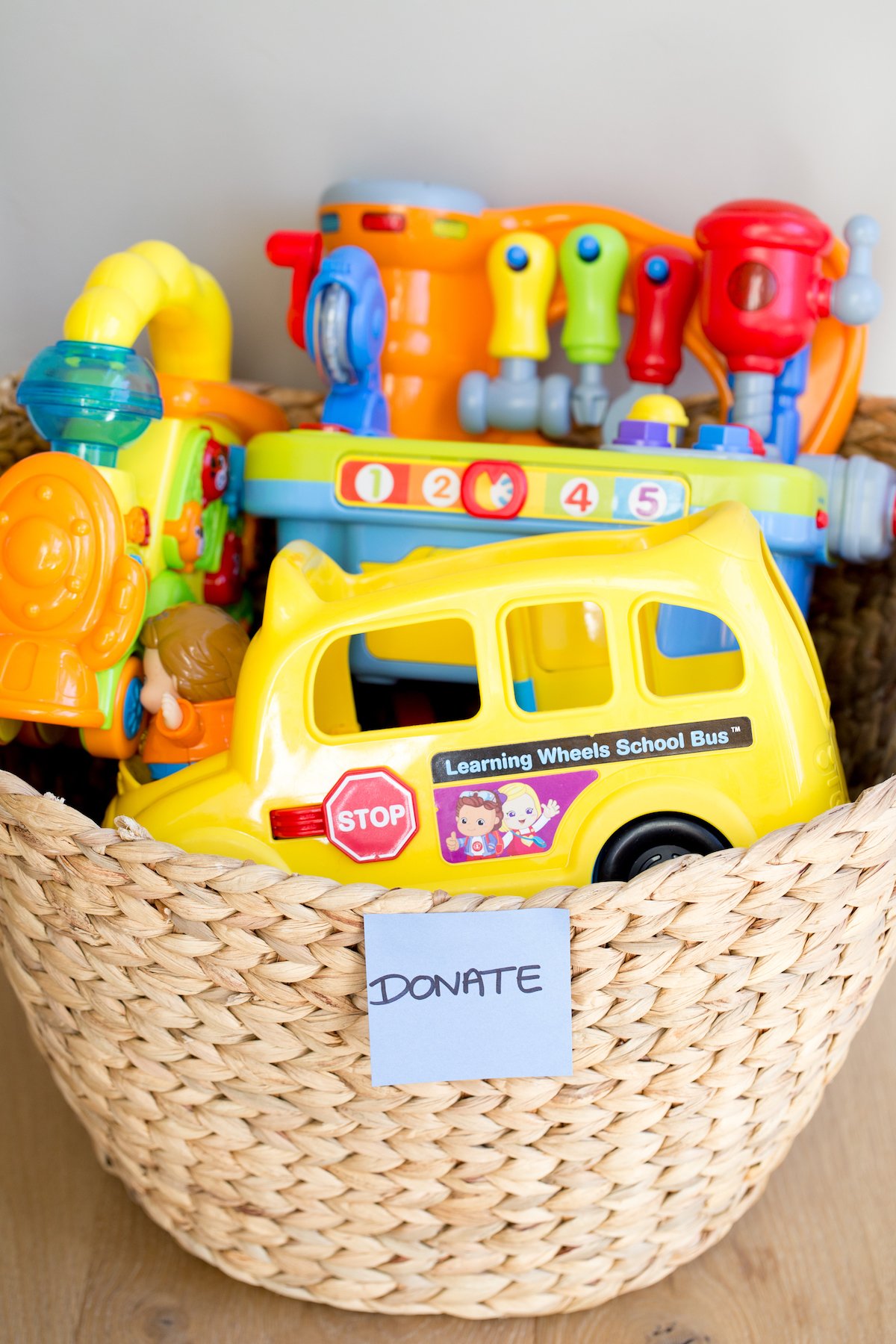
How to Keep the Toys Decluttered
Now that you’ve decluttered the toys, create a plan to maintain them. Here’s how:
- Identify the source of toy clutter. Take a good, long look at the source of most of your toy clutter. How did all of those toys get into your home in the first place? Did you or your spouse/partner buy them? Were they gifts, or hand-me-downs from friends?
- Change the way you buy, and receive. The only way to keep toy clutter from accumulating again is to change your buying habits and let others know your intentions.
- Think before you buy. Resist making impulse purchases, and discuss potential toy purchases with the rest of the family.
- Learn how to say, “Thanks, but no thanks.” Politely decline boxes of hand-me-down toys from friends and family. Better yet, see if they want to go in on a recycling box with you!
- Embrace experience gifts. Ask friends and family to give experiences or to donate to the kids’ education funds. Send out a group email one month before birthdays and before holiday shopping officially starts (early November.) This ensures everyone has enough time to plan and purchase their gifts with your wishes in mind. Here are more than 40 best experience gift ideas for kids!
- Curate new toys with intention. Having more open-ended toys will foster longer, more creative, imaginative, and independent play. Of course, there will be closed-ended toys your kids want, maybe even need. And some are great! However, the key to getting more enjoyment from fewer toys is having the majority be open-ended toys. Resist impulse purchases and the urge to buy more of something your kid is into just because it keeps them occupied. Let them get every ounce of enjoyment they can from the toys they already have.
- Implement a one-in, one-out (or two-out!) policy. For every new toy, have your child select one or two they no longer play with to donate, sell, or recycle. Preferably before they get their hands on the new one.
Frequently Asked Questions
There is no right or wrong number.
Decluttering is a process, and each time you do it, it gets a little bit easier. Each time we declutter toys, we’re comfortable with fewer than we had before. Instead of getting hung up on a number, focus on which toys you find value in holding onto — and of course how good you feel afterward.
Before the age of 4, I don’t think kids need to be involved. You know the toys that get the most action, and the ones with the most play potential. After you’ve pared down, you can ask your child if there are any additional toys they’d like to donate. Use this opportunity to teach them about generosity, kindness, and thinking about others.
Starting around age 4 or 5, decluttering can be a valuable learning experience for kids to participate in. In addition to teaching them decluttering skills and generosity, the process will help your kids identify what adds value to their lives, and what does not. Older kids may also be motivated by the idea of turning their toy clutter into cash by selling larger or more valuable toys they no longer play with.
Doting friends and family can be tricky. Usually, a simple email, call, or text is enough, though. Let loved ones know you’re working hard to declutter and be more intentional about the toys we keep in your home.
Doting friends and family can be tricky. Usually, a simple email, call, or text is enough, though. Let loved ones know you’re working hard to declutter and be more intentional about the toys we keep in your home.
If that doesn’t resonate, the environmental impact of hard-to-recycle toys is another great reason that feels a little less personal. Something simple like, “We just want to put fewer plastic toys into landfills,” can be effective, too!
Whatever reason you give, follow up with some ideas for gifts friends and family can give instead. These could be specific toys you would like for the kids, experience gifts or donations to an education fund.
Got more questions? Drop them in the comments below and I’ll add answers to the most common ones here!
More toy alternatives and decluttering tips:
Pin this Post
